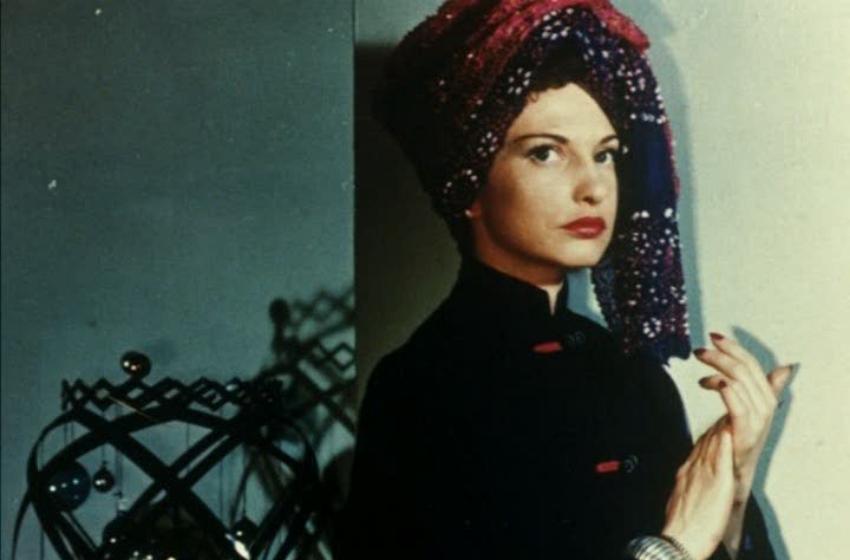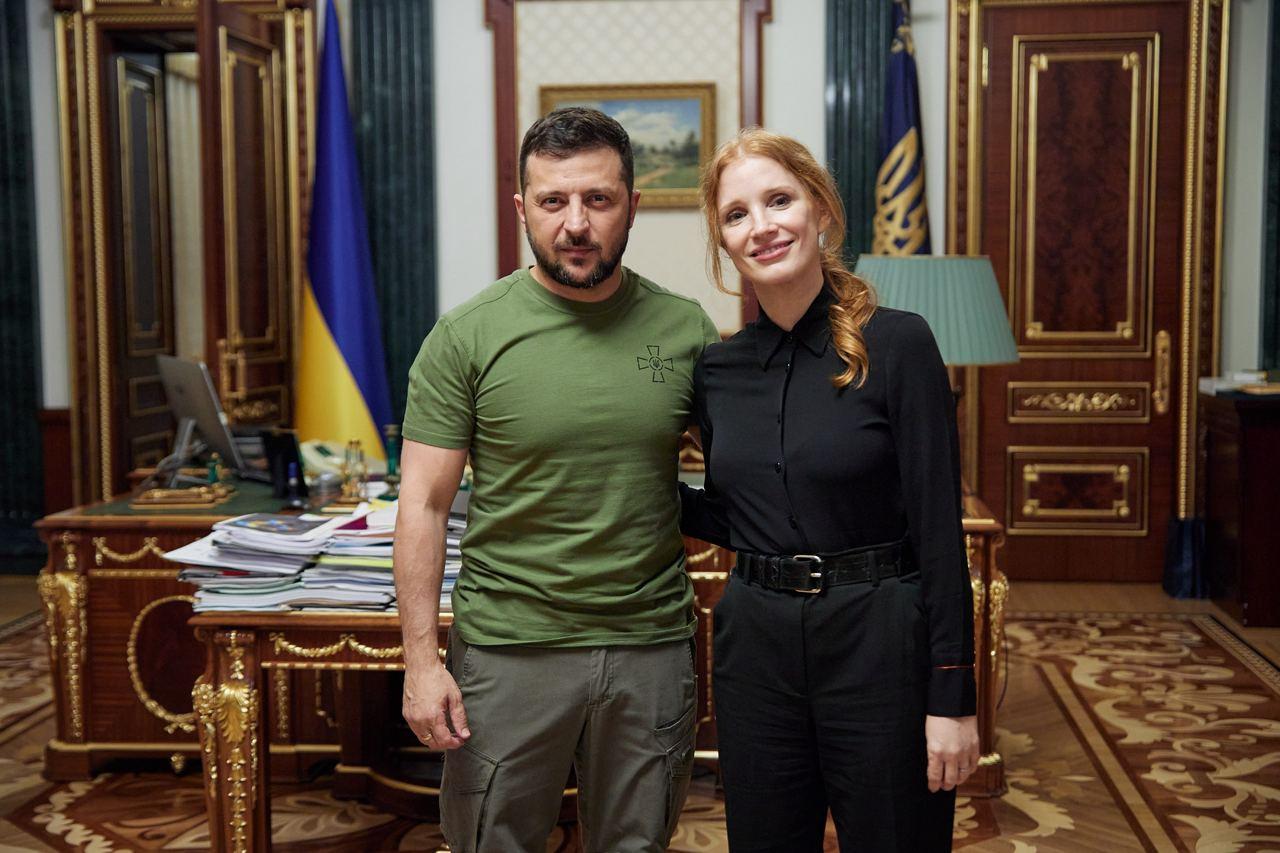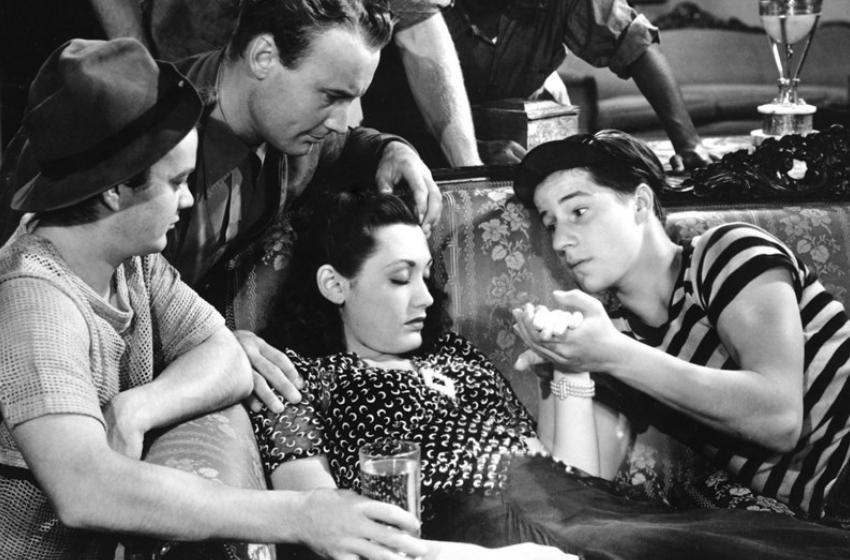During her short life, American director Maya Deren managed not only to leave Ukraine, receive a prize in Cannes, work with Marcel Duchamp and become addicted to amphetamine, but also become one of the prominent authors of the American avant-garde - the American Film Institute will name the award after her, and her work can be found on lists of America's greatest films and in museum collections around the world.
Usually, when it comes to the Ukrainian context in American cinema, viewers often mention Mila Kunis and Mila Jovovich. Much fewer viewers say Maya Deren.
She is considered the "mother" of American avant-garde cinema. Film critics say she is inspired by David Lynch. However, her contemporaries could not even come close to the magical world she created. To become a key figure in the world avant-garde, she needed nine short films and documentaries on religious rites in Haiti.
This was enough to show the way to dozens of surrealists and experimenters from cinema and to give topics for conversation to Freudians, feminists, religious scholars and film lovers for decades.

Eleonora Derenkovsky (Maya Deren) was born on April 29, 1917 in Kyiv in an enlightened Jewish family of actress Maria Fiedler and psychiatrist Solomon Derenkovsky. Her mother named her Eleanora after the Italian actress Eleanora Duse. They became Deren in 1924, already in exile. Due to the intensification of anti-Semitic sentiments after the capture of Kyiv by the Bolsheviks, the family emigrated to the United States.
Although Deren was educated and quickly integrated into American art circles, her immediate environment consisted mainly of the same migrants as herself.
There they first settled with relatives in Ohio, and Eleanor went to an American school. Her father also had to study; he needed to get an American education to continue the psychiatric practice.
It took Eleanor's parents four years to obtain American citizenship.
Biographers write that Eleanor, from an early age, sought to express herself. At first, she tried to write; she studied journalism and political science.
She is remembered for her bright appearance: black curly hair, bright, colorful clothes, sewn by hand.
Deren was studying English literature for a master's degree, and her dissertation was entitled "The Influence of French Symbolism on Anglo-American Poetry." Over time, it will become clear how much French art has influenced the world of the director.
As a freelancer, Eleanor Deren worked as an assistant and publicist for Catherine Dunham, an African-American dancer, and Haitian dancer.
Deren was also fascinated by the youth socialist movement, where she met the main man of her life. In the 1940s, she finally became Maya, marrying film director Alexandr Hackenschmied (who later became Sasha Hammid). "Maya" is both "water" in the language of the Talmud Aramite and the Vedic goddess of illusion and reincarnation. It was Alexandr who opened the world of cinema for her.


First of all, I am a poet, and only then - a cinematographer. And I was an awful poet, so my thoughts did not go beyond visual images. In essence, they were only a visual experience of my mind, and with the help of poetry, I tried to limit everything to the contours of words. When I took the camera, it was as if I had returned home. That was something I always wanted to do.
And it was with Hammid, Maya Deren created her main work, a black-and-white, 14-minute silent film with a cyclical narrative called Meshes of the Afternoon.

The fifteen-minute silent short film, filmed for $ 250 at the directors' house, is still almost the main picture of the American avant-garde.
The leading roles were played by Maya herself and her husband. The film was also celebrated in Cannes, the international prize for experimental cinema.
After shooting a few more experimental psychodramas - "On the Shore" with John Cage, "The Witch's Cradle" with Marcel Duchamp, as well as a stunningly intimate documentary "Personal Life of a Cat", Maya goes on a tour of America: to preach her theory of cinema.




Deren was an ardent opponent of the Hollywood mainstream and an apologist for amateur cinema - she shot at her own expense on a hand-held 16mm camera.
Do not improve your films with additional equipment or a larger film crew. Use to the fullest the most important part of your arsenal - your own body, creative mind and complete freedom in their use.
Deren said that her films are characterized by the so-called "Controlled accident". She explains the meaning of this concept in one of her articles on the example of the beach. Maya says that you can put all the scenery and actors on the beach and think that you are in complete control of the situation. But you can't really control how the wind blows your hair and the waves cover everything around you, nor is it possible to affect the textures of stones and sand. These are the elements of spontaneity that create reality in cinema.



By the way, this is not the only concept that Maya Deren has brought to cinema. She is also considered an art theorist.
For the next 7 years, she worked in Haiti, making films about local rituals and ceremonies, and then working on a book. She is fascinated by the local culture, and especially dance as a way for the body to express the inner world and human experiences.


After Haiti, Maya will work only on films about her main passion - dance. After trying her hand at the "Choreographic Etude for the Camera", where the dancer traversed spaces by jumping from the forest into the room and the city streets, Maya shoots "Ritual in Transformed Time" and "Reflection on Violence".

Although critics were more sympathetic to her early psychodramas, Maya herself considered the later films the crown of her own work. Maya treats the camera as a dance partner, using editing to "free the dancer from gravity."
Deren died in the 61st from a hemorrhagic stroke. Some sources say that she inherited hypertension from her father. Some biographers claim that she had been using amphetamine since the early 1940s.
Her ashes were scattered on Mount Fuji.

Filmography
Witch’s Cradle (1943)
Dir: Maya Deren. Cast: Marcel Duchamp, B&W (incomplete)
Meshes of the Afternoon (1943)
Dir: Maya Deren, Alexander Hammid. Screenplay: Maya Deren. Cast: Maya Deren, Alexander Hammid. Music: Teiji Ito. B&W.
At Land (1944)
Dir: Maya Deren. Cast: John Cage, Maya Deren, Alexander Hammid. B&W.
A Study in Choreography for the Camera (1945)
Dir: Maya Deren. Cast: Talley Beatty. 3 mins, silent, B&W.
Ritual in Transfigured Time (1946)
Dir: Maya Deren. Cast: Rita Christiani, Maya Deren. 14 mins, B&W, silent
Meditation on Violence (1948)
Dir: Maya Deren. Cast: Chao Li Chi. Music: Teiji Ito.
The Very Eye of Night (1958)
Dir: Maya Deren. Assistant director: Harrison Starr III. Screenplay: Maya Deren. Music: Teiji Ito.





















